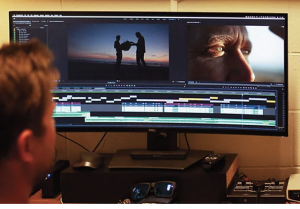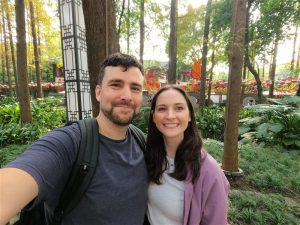Facial Recognition…in School?

By: Ryan Lee
For us humans, the ability to recognize one’s physical appearance in an instant is quite an impressive feat, identifying them from a single feature to forming a whole face. But as years passed, programmers worldwide have engineered this specific type of feature in technology, Facial Recognition. This type of software identifies people using detailed 3D grid mapping, inputting their safeguarded faces as codes for electronic mediums, most notably door locks and phones, guaranteeing the device’s safety. But what if we inputted this technology in schools? Would it greatly improve the course of security in our school, increasing the standards of learning for the betterment of the whole? Or would it prove to be inefficient and costly?
First off, we need to consider whether the buyer has complete control over the input of faces and scans of their students at the school. Is it also monitored by the supplier? Or does the buyer have complete security over the identities of others. If so, these can pose possible threats to students of rather affluent backgrounds as there are instances of gaining leverage by holding someone hostage that is loved or cared for by the person of interest, leading to a rather tricky situation to overcome. Even if the suppliers actions aren’t malicious and plan to do nothing with the information, we can still assume hackers will break through firewalls and security, gaining valuable information on the detailed persona and appearance of the students.
But for all the risks and disastrous possibilities, The possibility for Facial Recognition and technology in our school can prove to be extremely beneficial for keeping students in line. If the student is seen going in the school and is marked to be absent, the system can immediately upload a detailed profile on the appearance of the student to the local police department, inputting images to security cameras along alleyways, buildings, and commune to see if the student is either skipping class or in possible danger. Although this may seem like a stretch, the possibilities of harm that lay way in a students life are seemingly endless, and when identifying an unknown person in the school system, a system can initiate an alert to guards stationed to observe the suspect as the guard has already gained a detailed image of the person via smartphone. I also believe students should also take photos of oneself beforehand as detecting an unknown person who is actually a student may pose as a waste of time as the student most likely poses no harm to the school he/she is going to learn in. As a last resort to protect our future, please consider in implementing this technology in our school as an alternative to manual security and protection.




